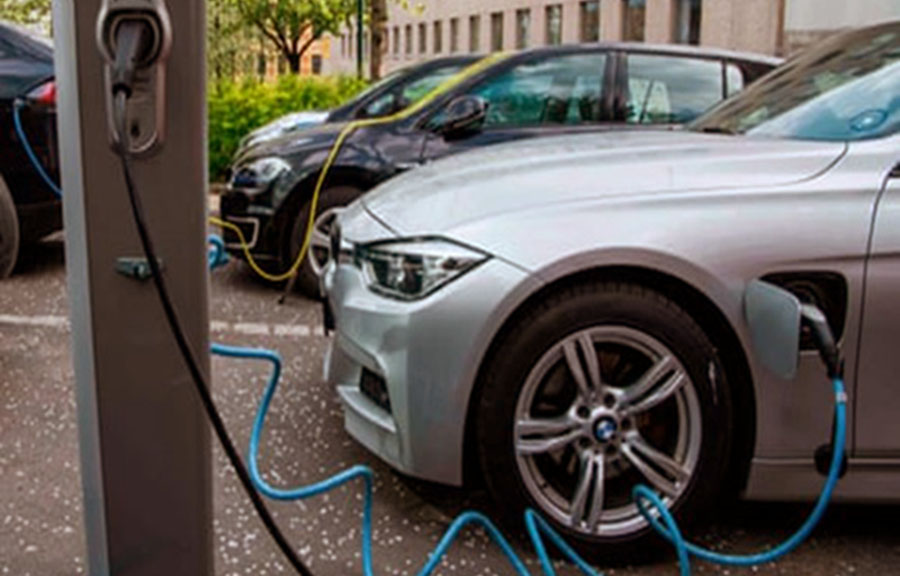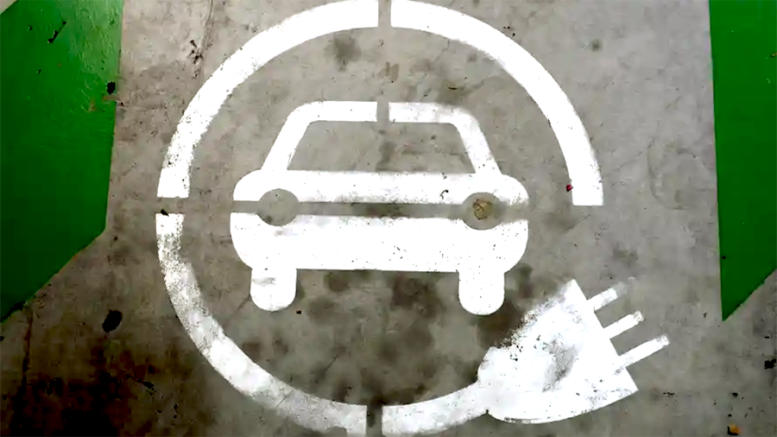Simon Holmes à Court writes (The Guardian 8 February 2021), that the evidence shows electric cars would be a boon for individuals and Australia, and that the minister responsible for emissions reduction, Angus Taylor, hides this to set Australia on a course of permanent dependency on oil.
Angus Taylor, the minister for emissions reduction, isn’t a stranger to dodgy numbers (just ask Clover Moore), and his latest work, the Future Fuels Strategy, demonstrates his disdain for actually lowering emissions.
The strategy paper misleadingly claims that hybrid vehicles are cleaner than electric vehicles by looking at just the years 2021-25. EVs bought now will enjoy cleaner power with every solar panel and wind turbine connected to the grid. Over a 10-to-15-year life, EVs have notably lower emissions than hybrids, and that’s ignoring the fact that many EV owners charge with solar and all the major fast charge operators use 100 percent renewable energy – local energy, instead of imported oil.
Ride the grid
As we swap coal and gas for renewables and storage, our grid is getting cleaner each year. By coupling transport to the electricity sector, vehicles emissions are set to reduce every year. (Aemo’s “Step Change” scenario)
It has been two years since the federal government announced its climate solutions package with great fanfare. According to Taylor, the package was “fully costed” and showed the pathway to meet our Paris commitments, specified down “to the last tonne”. Ten million of those tonnes were to be from the national electric vehicle strategy, and now they’re missing!
Road transport emissions reductions stalled
With no emissions reduction policies in the transport sector, it’s no wonder that vehicle emissions are flatlining. (Million tonnes carbon dioxide annually.)
It’s typical of Taylor’s climate policy-wrecking career that by the time the strategy had bounced between his department and his political office over two years, it was finally released as merely a discussion paper, the Future Fuels Strategy, with the very appropriate acronym FFS.
Electric vehicles are gaining in popularity around the world at breathtaking pace, but stagnating in Australia. While the proportion of EVs in European vehicle sales went from 3.3 percent in 2019 to 10.2 percent last year, Australia saw a modest increase from 0.6percent to 0.75 percent in the same period. Most European countries actively encourage EV adoption. In contrast, our government’s latest effort uses dodgy modelling to push consumers towards hybrid vehicles. All this while Taylor’s department acknowledges that vehicle emissions will, at best, flatline over the decade.
The Green Recovery: how to put more electric vehicles on Australia’s roads
Video from The Guardian
Truth is, the government could save itself a lot of hassle by simply reading the report of the select committee on electric vehicles, released in January 2019. Chaired by former independent senator for South Australia Tim Storer, the committee recommended we introduce more stringent vehicle emissions standards, a move which Taylor’s own department found would decrease emissions and save consumers money.
Storer went further and recommended budget-neutral reform of vehicle taxation arrangements to gently nudge drivers towards EVs.
We could help prospective car purchasers by including the total cost of ownership on the label
Australia imposes a luxury car tax (LCT) amounting to 33% of the vehicle purchase price in excess of $68,740. Due to what would appear to be sloppy drafting, the threshold increases with the general consumer price index, rather than motor vehicle CPI which has actually fallen over the last decade. Storer suggested we reset the threshold to the 2009-10 level of $57,180 and index it appropriately.
Our arcane LCT has a different threshold for “fuel efficient” vehicles. While this has been indexed at the appropriate index, the definition of fuel efficiency needs a tune-up. Whereas seven litres per 100km was “pretty good” a decade ago, it’s far from impressive now. Storer suggested we change the definition to a thrifty 4L/100km – achievable by the best hybrids and all electric vehicles.
The Parliamentary Budgetary Office analysed Storer’s tweaks and determined that it would generate $5.77bn savings out to the end of the decade. Storer suggested that we use those funds to slash tariffs and taxes on EVs until 2025, mandate that 50% of new government vehicles be EVs by 2025, co-fund EV charging infrastructure and stimulate local EV manufacturing.

Charging station. Australia needs infrastructure built to enable electric cars
Without spending a single additional dollar from the budget nor placing any burden on Australians who are priced out of the new mid-range and premium car markets, Storer’s plan would significantly grow the demand for EVs and send a much-needed signal to manufacturers that Australia was a viable market.
Not only would Australian consumers have more choice, and find cleaner alternatives more affordable, but the early government demand for EVs would lead to a steady stream of second-hand EVs within a few short years.
In 2019 the ACT government committed to transitioning their own vehicle fleet. By the middle of this year 50 percent of their 600 passenger vehicle fleet will be fully electric. Like all fleet operators, the government focuses on the total cost of ownership (TCO) over the life of the vehicle – the purchase price, electricity for charging and servicing.
The territory government claims that the running cost is half that of a conventional car and maintenance has proven to be 80 percent lower. By tweaking their leases, now four years up from three previously, the territory is achieving a lower TCO with fully electric vehicles.
For individuals, the economics are close, but not quite there. According to the RACV, the TCO for a Toyota Corolla works out to be 57 cents per kilometre. Using the same methodology, the MG ZS, a fully electric SUV, works out to be 60 cents per kilometre – a small gap that can be reduced further if owners can charge from their own solar panels.
Just as vehicles now have standard efficiency labels, allowing users to compare fuel consumption and emissions, perhaps we could help prospective car purchasers by including the total cost of ownership on the label? A simple initiative that would cost next to nothing.
Yet TCO means little for most car purchasers, for whom the upfront cost difference is insurmountable. The ACT is addressing that head-on by providing $15,000 interest-free loans on new electric vehicle purchases and waiving vehicle registration charges for now.
The FFS is a curious document. A late 2020 draft recommended the development of standards to make new apartment and office buildings ready for electric charging, an excellent idea to future-proof our buildings and help provide consumers with more choice for generations to come.
Oddly, this recommendation was dropped from the final document. It’s easy to get the sense that Taylor wants to steer Australians away from electric vehicles to a future based on fossil fuels, not “green” electrons.
Yet the major car markets and marques are sending a clear signal that the future is clean and electric.
Angus, dump your policy, FFS, and take up the budget-neutral plan to deliver more and better choices to Australian drivers.


Be the first to comment on "Australia’s electric vehicle policy steers us to a future based on fossil fuels"